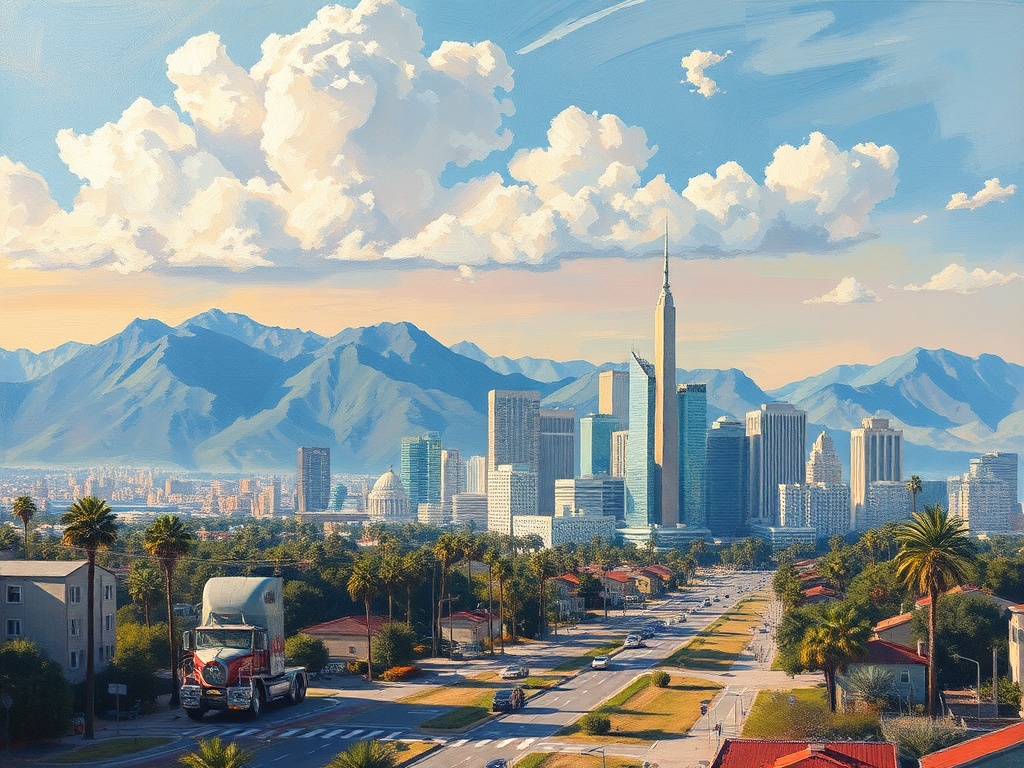How Los Angeles’ Urban Greening Is Cooling Streets and Saving Water
Los Angeles is reshaping itself with an ambitious push toward urban greening — a practical, everyday response to hotter summers, drought pressure, and the need for healthier neighborhoods.
From shade trees along busy corridors to small bioswales tucked into parking strips, these changes are making streets cooler, improving air and water quality, and creating more inviting public space.
Why urban greening matters
– Cooler neighborhoods: Trees and green surfaces lower surface and air temperatures, easing the urban heat island effect that makes dense areas feel hotter.
– Cleaner water and air: Bioswales, permeable sidewalks, and green roofs capture runoff and filter pollutants before they reach storm drains and coastal waters.
Vegetation also removes particulates from the air.
– Health and equity: Parks, community gardens, and tree-lined streets encourage walking, reduce stress, and provide shade for vulnerable residents in neighborhoods that need it most.
– Economic uplift: Attractive, greener streetscapes can increase foot traffic to local businesses and support property values while lowering energy costs through natural cooling.
What urban greening looks like around the city
– Street tree planting: New tree canopies are being prioritized in neighborhoods with sparse shade. Species selection increasingly favors drought-tolerant and native trees that thrive with less irrigation once established.
– Green streets and bioswales: Instead of sending everything to the sewer, permeable curbside planters and bioswales absorb storms, slow runoff, and recharge groundwater where possible.
– Parklets and pocket parks: Small conversions of parking spaces or vacant lots create immediate public benefit — places to sit, meet, or play without major construction.
– Green roofs and rooftop gardens: From apartment buildings to commercial properties, vegetated roofs reduce rooftop heat, capture rain, and offer habitat for pollinators.
– Community gardens and urban farms: Local plots transform underused spaces into food-producing landscapes and neighborhood hubs.
Practical ways residents can help
– Choose native and drought-tolerant plants: Options suited to local climate include California sage, manzanita, toyons, ceanothus, and native sages and buckwheats. These plants support pollinators and need far less water once established.
– Practice smart watering: Deep, infrequent watering and drip irrigation use water more efficiently than frequent shallow sprays. Mulch around plants to retain moisture and suppress weeds.
– Replace or reduce lawn: Swapping turf for bioswales, gravel paths, or native gardens cuts irrigation needs and creates more climate-resilient landscapes.
– Start small: Rain barrels, container gardens, or a single tree in the parkway can make a visible difference. Group plants by water need to keep maintenance simple.
– Get involved: Volunteer with local nonprofits focused on trees, parks, and coastal health, or join neighborhood councils and block associations to push for green improvements.
Funding and resources
Many local programs, utilities, and nonprofits offer rebates, technical assistance, and volunteer opportunities to support planting, water-wise landscaping, and green infrastructure.
Checking municipal resources and community groups is a good first step toward turning a front yard, rooftop, or street into a climate-smart asset.

Urban greening is practical, tangible, and community-driven.
Small choices — the plant palette in a yard, a single tree along a sidewalk, a group planting a pocket park — add up to cooler streets, cleaner water, and healthier neighborhoods across the city.